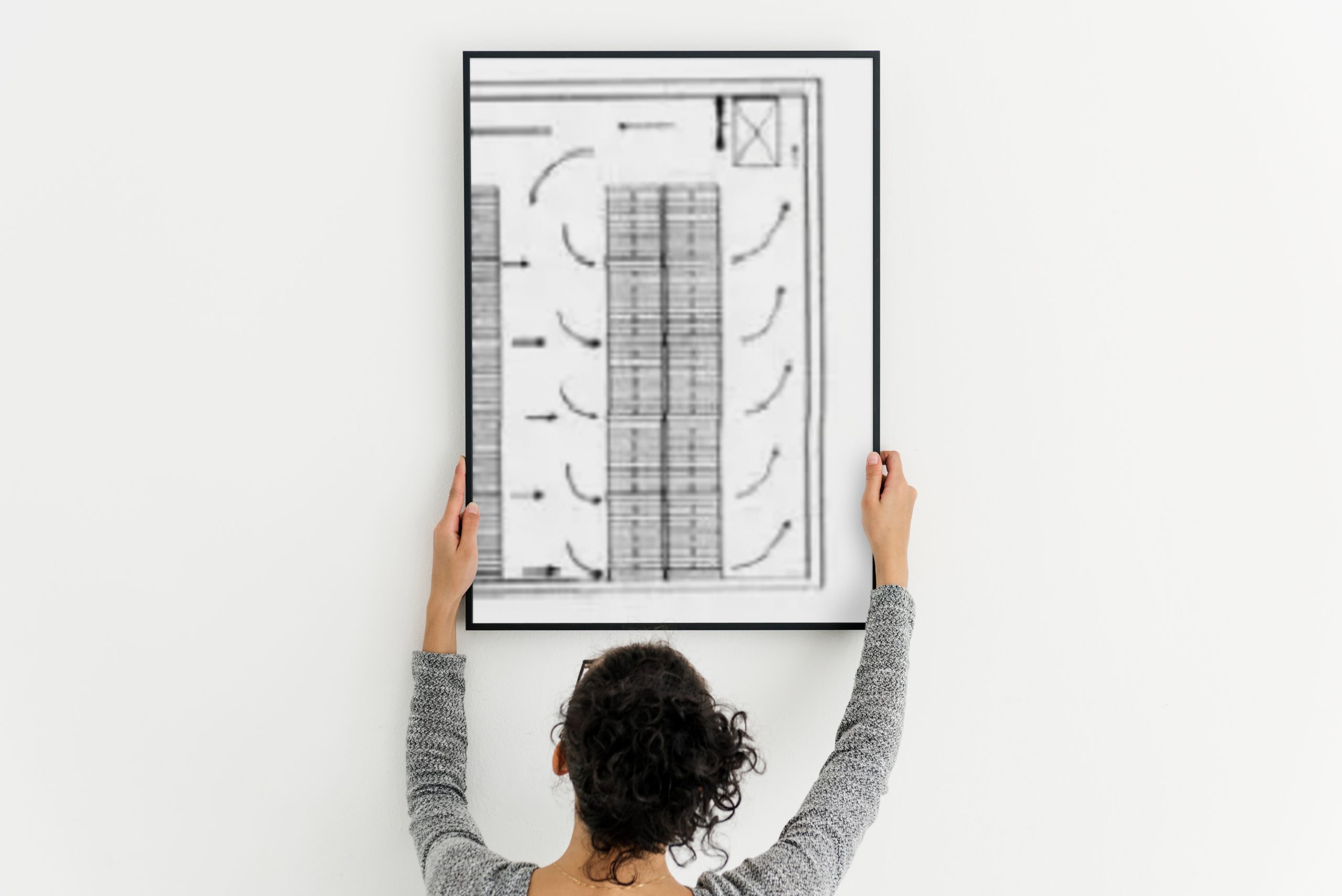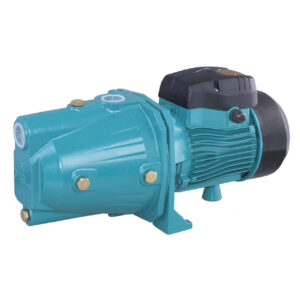Cold storage facilities are critical for preserving perishable products under controlled conditions.
These facilities utilize refrigeration systems to maintain specific temperature and humidity levels, ensuring the longevity and quality of the stored items. In this article, we will delve into the design of cold storage facilities, covering considerations, designing aspects, problems associated with cold storage, the importance of the refrigeration system, and heat load calculations.

Considerations for Cold Storage Design:
- Temperature Requirements: Different perishable products have specific temperature requirements. It is crucial to understand and accommodate these temperature ranges during the design process. For example, frozen food requires temperatures below freezing, while fruits and vegetables may need refrigeration at slightly higher temperatures.
- Storage Capacity: Determining the required storage capacity is essential to ensure sufficient space for the intended products. Factors such as product volume, turnover rates, and anticipated growth should be considered. Adequate storage space and efficient material handling systems must be incorporated into the design.
- Layout and Space Optimization: Efficient space utilization is vital for maximizing storage capacity and accessibility. Factors such as racking systems, aisle widths, and material flow must be taken into account to create an optimal layout. Proper ventilation and clear pathways for movement within the facility should also be considered.
- Insulation: Proper insulation is critical to minimize heat transfer into the cold storage facility. The selection of appropriate insulation materials, thickness, and installation techniques is crucial to meet the desired thermal performance. Effective insulation ensures consistent temperatures and reduces energy consumption.
- Moisture Control: Moisture levels must be controlled to prevent condensation and maintain product quality. Vapor barriers, air circulation systems, and humidity control mechanisms should be integrated into the design to regulate moisture levels and prevent the growth of mold and bacteria.
Designing Aspects of Cold Storage:
- Structural Considerations: The design of the cold storage facility should incorporate sturdy construction materials and techniques to ensure structural integrity and support the weight of stored products and equipment. The facility’s structure should accommodate insulation materials without compromising its stability.
- Doors and Docking Systems: Efficient door design and docking systems are crucial for minimizing temperature fluctuations during loading and unloading operations. Proper insulation, sealing mechanisms, and rapid opening/closing features should be integrated to reduce energy loss and maintain desired temperature levels.
- Lighting: Appropriate lighting systems are necessary to provide adequate visibility within the facility while minimizing heat generation. LED lighting with low heat output and energy-efficient features is commonly used. Lighting should be strategically placed to avoid casting shadows and interfering with temperature control.
- Material Handling Equipment: The selection of suitable material handling equipment, such as forklifts or automated systems, must be considered to facilitate efficient storage and retrieval operations. The equipment should be designed to minimize damage to the stored products and ensure smooth workflow within the cold storage facility.
Problems Associated with Cold Storage:
- Temperature Fluctuations: Inadequate insulation, faulty refrigeration systems, or poor door sealing can lead to temperature fluctuations, affecting product quality and shelf life. Regular maintenance and monitoring of the facility are necessary to identify and rectify any issues promptly.
- Energy Consumption: Cold storage facilities consume substantial amounts of energy. Inefficient equipment, inadequate insulation, or suboptimal system design can result in excessive energy usage and increased operational costs. Implementing energy-efficient measures, such as variable speed drives, thermal curtains, and efficient insulation, can help reduce energy consumption.
For all products Click here
Refrigeration System:
The refrigeration system is the heart of any cold storage facility. It is responsible for removing heat from the storage space and maintaining the desired temperature. The selection and design of the refrigeration system depend on factors such as the size of the facility, temperature requirements, and the type of products stored.
Heat Load Calculations:
Accurate heat load calculations are crucial for sizing the refrigeration system and determining the cooling capacity required. Factors such as product heat generation, ambient temperature, insulation performance, air infiltration, and lighting must be considered. These calculations help in selecting the appropriate refrigeration equipment and ensure optimal cooling efficiency.
For BCSA DETAILS Click here
Conclusion:
Designing a cold storage facility requires careful consideration of temperature requirements, storage capacity, layout optimization, insulation, moisture control, and other factors. The refrigeration system plays a central role in maintaining the desired environmental conditions. Accurate heat load calculations aid in selecting the right equipment. By addressing these aspects, cold storage facilities can effectively preserve perishable products under controlled conditions, ensuring their freshness and extending their shelf life.





